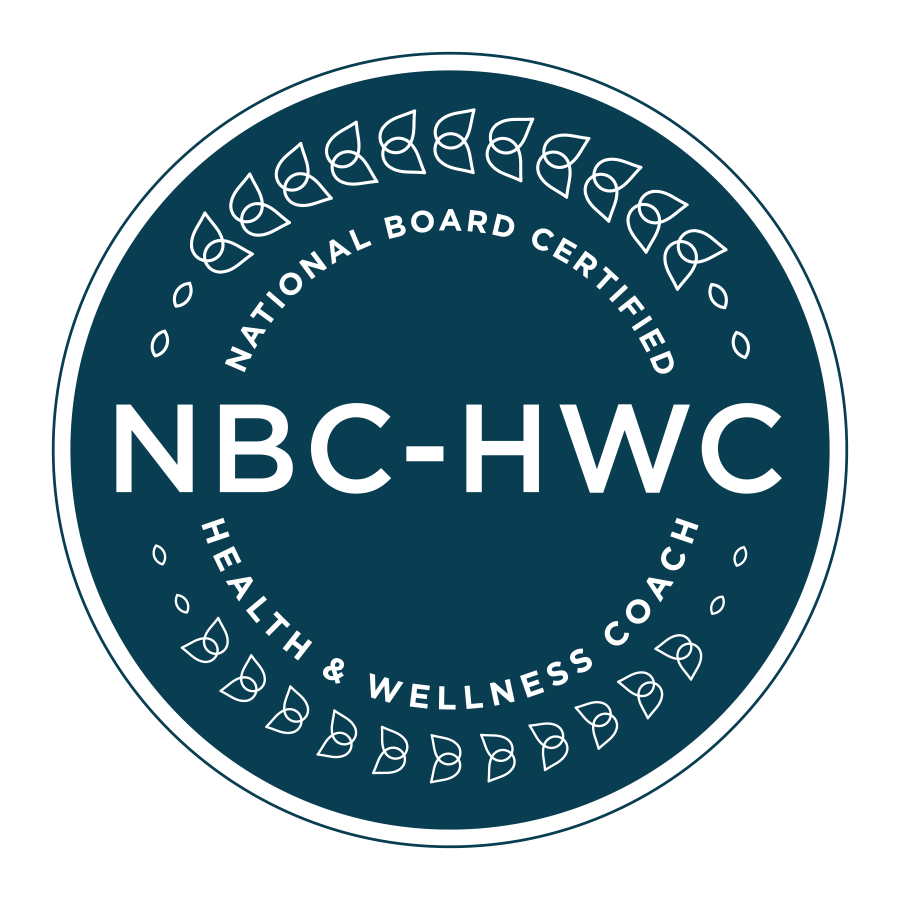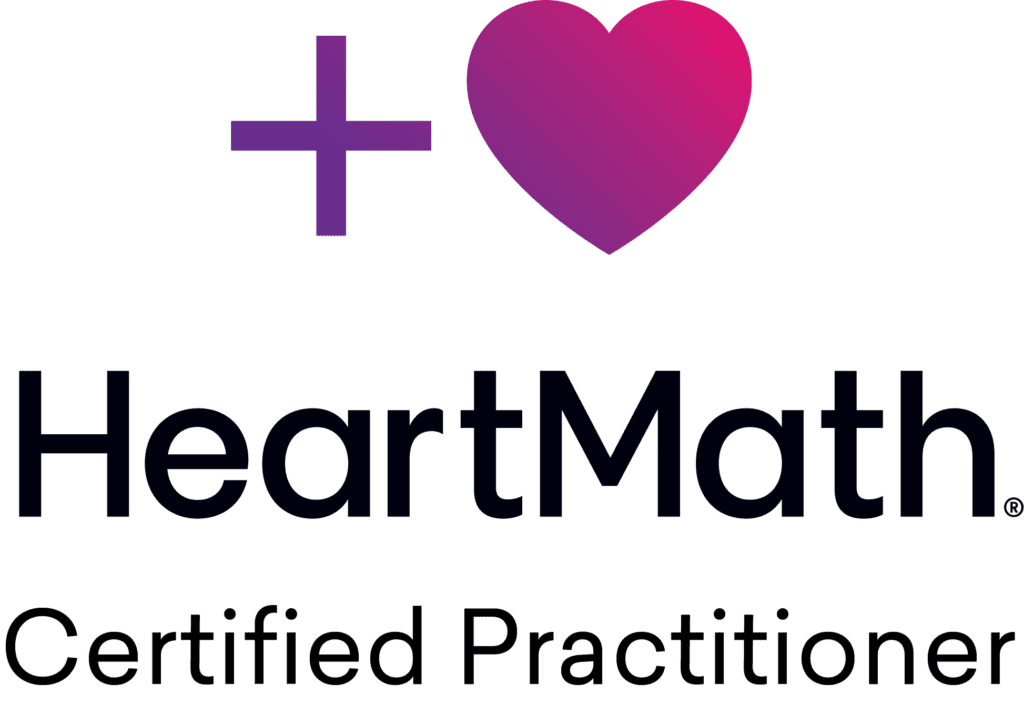Last Saturday morning I was watching cartoons with my 7 year old granddaughter. And after several episodes of Tom and Jerry (she loves old school cartoons) you could stick a fork in me because I was done! I told her it was time to change up the program a bit. I suggested we try to find something on Netflix we both would enjoy. Of course, she wanted to watch another animated program, but that was not going to happen! My first choice was a documentary. And although I love watching documentaries, I knew it was going to be a challenge to find one she would also find interesting; after all, she is only 7 years old. Anyway, after flipping through several documentaries, I settled on one titled “A Place at the Table” (the same makers of the amazing film, Food, Inc.) But by the time I found this documentary, my granddaughter was no longer interested in watching TV. She had already moved on to her drawing pad.
A Place at the Table is a 2012 documentary on hunger in the United States – yes here in the richest country in the world. The stats were mind-blowing. I never would have imagined that (at the time the documentary aired) more than 1 in 4 children – 50 million Americans – went without food regularly in a country where there is more than enough food and everything else. It just doesn’t seem possible that millions of Americans don’t know where their next meal is coming from. So why are so many people hungry in the United States? The answer to this question has nothing to do with a lack of food. One in 4 children are hungry because of politics, ‘shotty’ administration of government programs, under-employment and social blindness. However, “blindness” is not an issue when it comes to the social and economic plight of those who live in other countries – the United States is often the leader in foreign aid. Don’t get me wrong, I am all for helping people who “legitimately” need it. But I am appalled to know there are children and adults right here in the “Land of Plenty” who go days without a meal. The documentary features 3 Americans who are struggling to eat. One of which is a mother of 2 (a little girl and boy). It has been my experience that the minute a child sees or hears another child on TV they immediately re-direct their attention and begin to focus in on what they see and hear. So approximately thirty minutes into the documentary, my grand-daughter put down her drawing pad and began to watch the children. It was really hard for her to understand why the children’s mother couldn’t feed her little boy and girl. She grew more empathic by the minute. She asked me why we had “so much” food, but these children didn’t. She also asked me if the children were poor. I struggled to answer those questions. I wanted to make sure my answers didn’t give my granddaughter the impression that people who appeared to have less than her were poor.
My granddaughter was so moved by what she saw and heard in the documentary that she crafted what she called a “chart” she wanted to use to list people in her subdivision that may need food. This 7 year old was willing to go door-to-door to gather this information so she could help end any possible hunger in her immediate surroundings. I was impressed and also happy I helped raise a child that genuinely cared about the well-being others. Now here comes the rub! Instead of praising my granddaughter for her selflessness and boldness, this is what I said to this caring little soul: “Sweetie, you don’t have to do this in your neighborhood because everyone here is able to eat”. Wow, how could I say such a thing, especially after watching a documentary that showed people who look like you and me unable to eat when hungry. I didn’t tell my granddaughter, but I was ashamed of making such a statement and blanket assumption. I was ashamed that I still believed that people who look like they are doing well are actually “doing well”. And most of all, I was ashamed that I didn’t have the courage of a 7 year old to go find the hurting! Shame on me if there are families in my neighborhood who are actually among the 50 million Americans who struggle to put food on their tables – regardless of the circumstances.
You can help these Christian organizations end hunger in the U.S. :
https://endhunger.org/about-us/
The mission of the Society of St. Andrew is to introduce people to God’s grace in Jesus Christ through meeting their hungers.
http://www.feedthechildren.org/
The mission is to provide hope and resources for those without life’s essentials.




